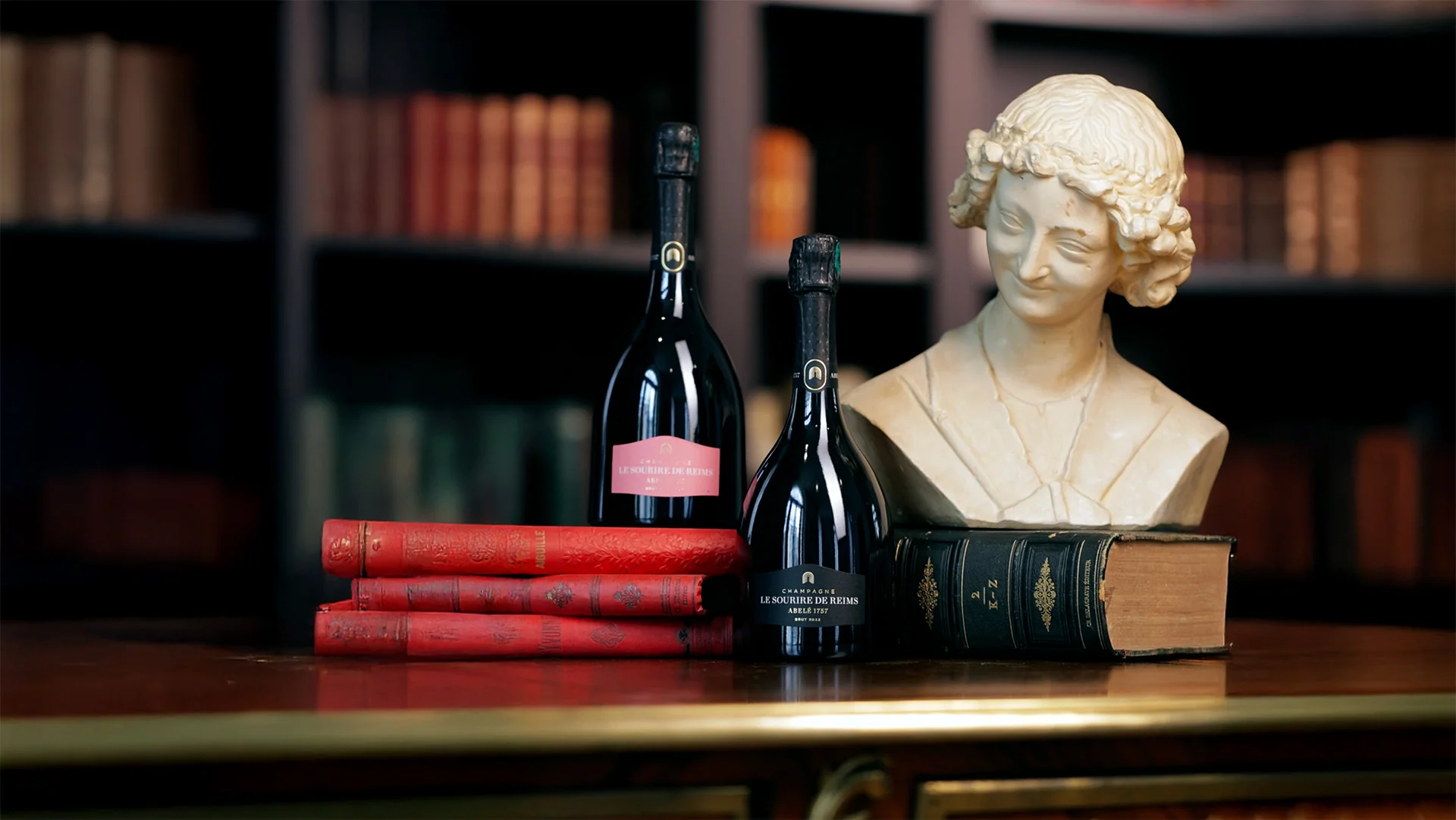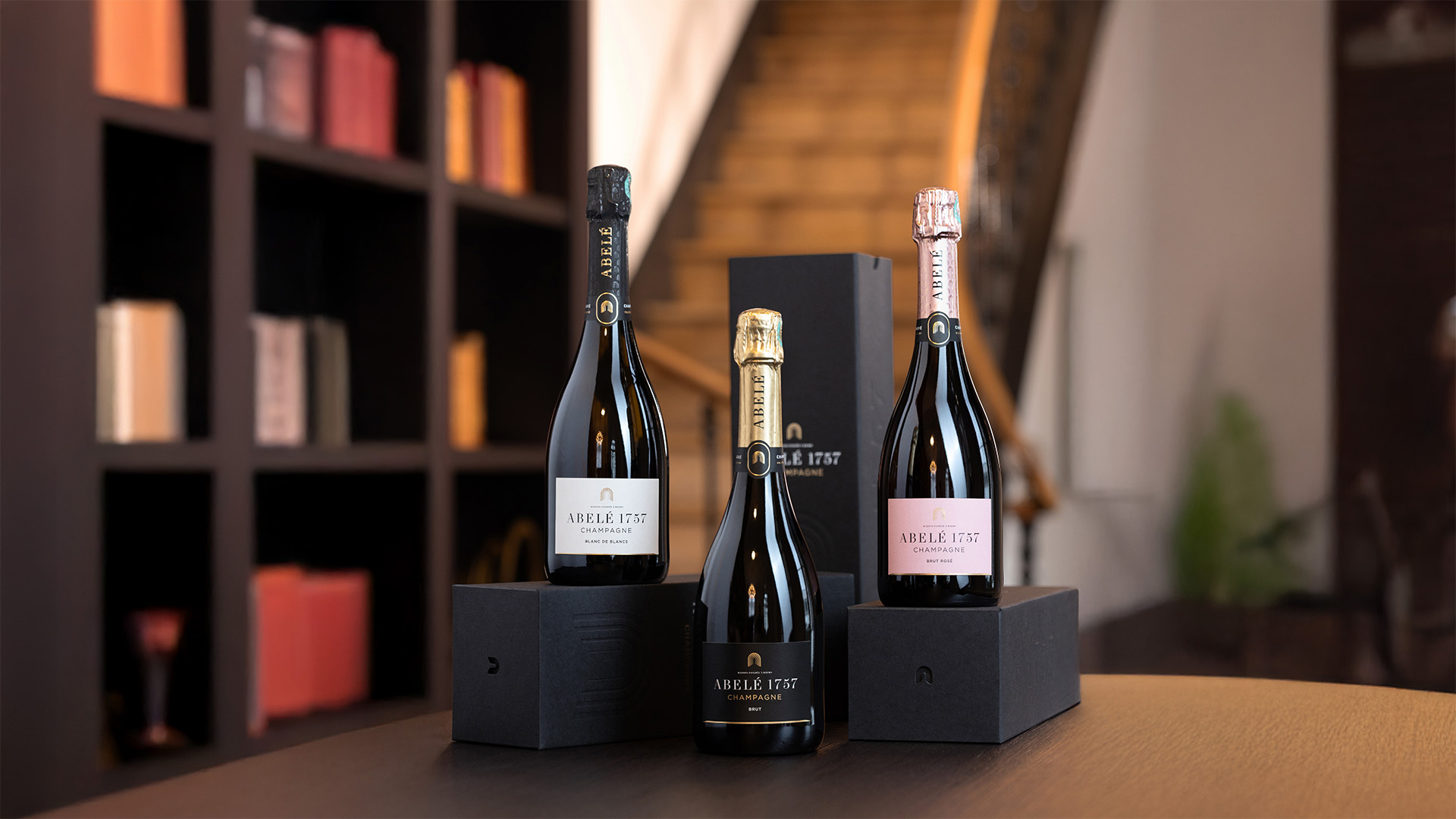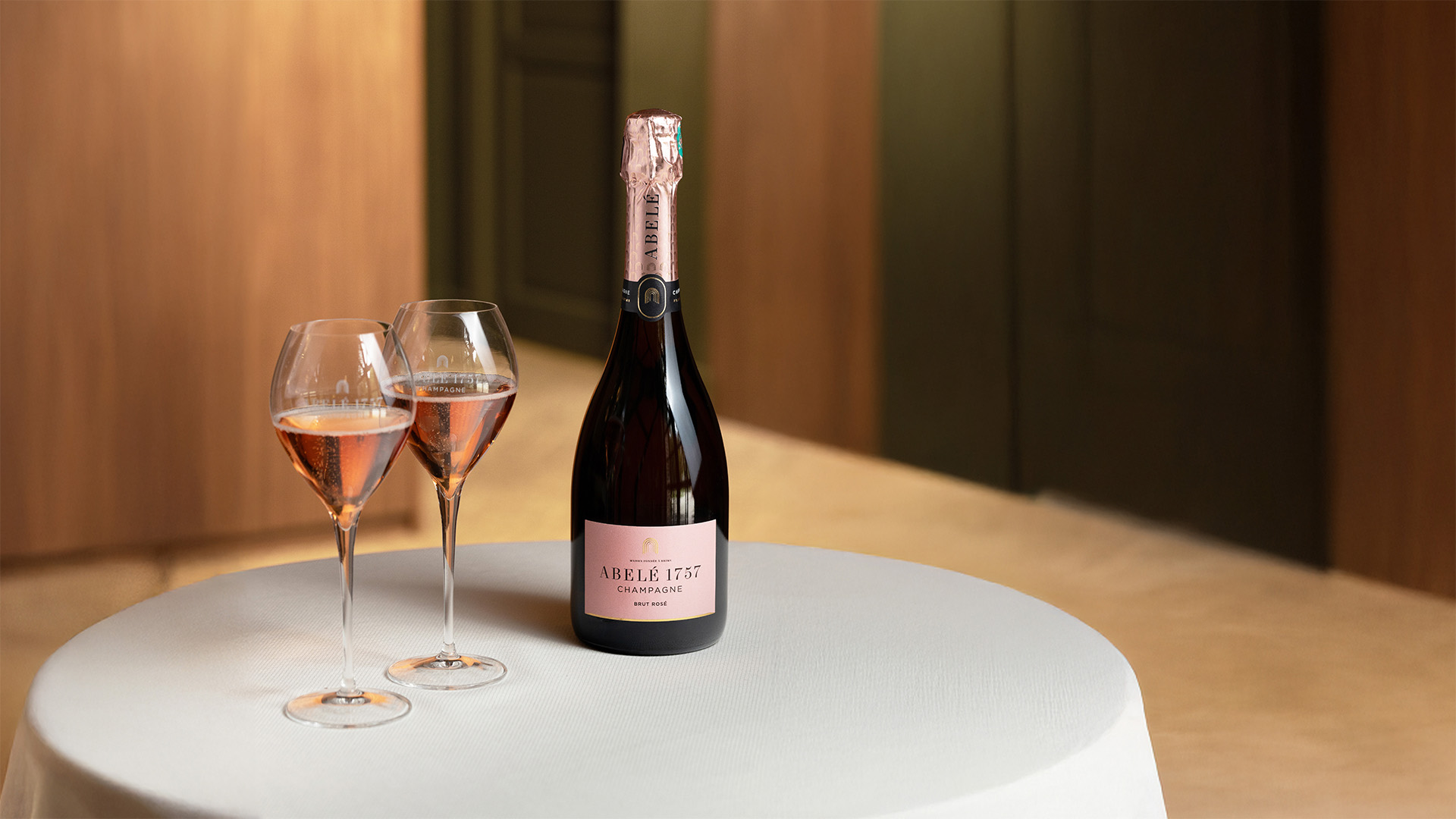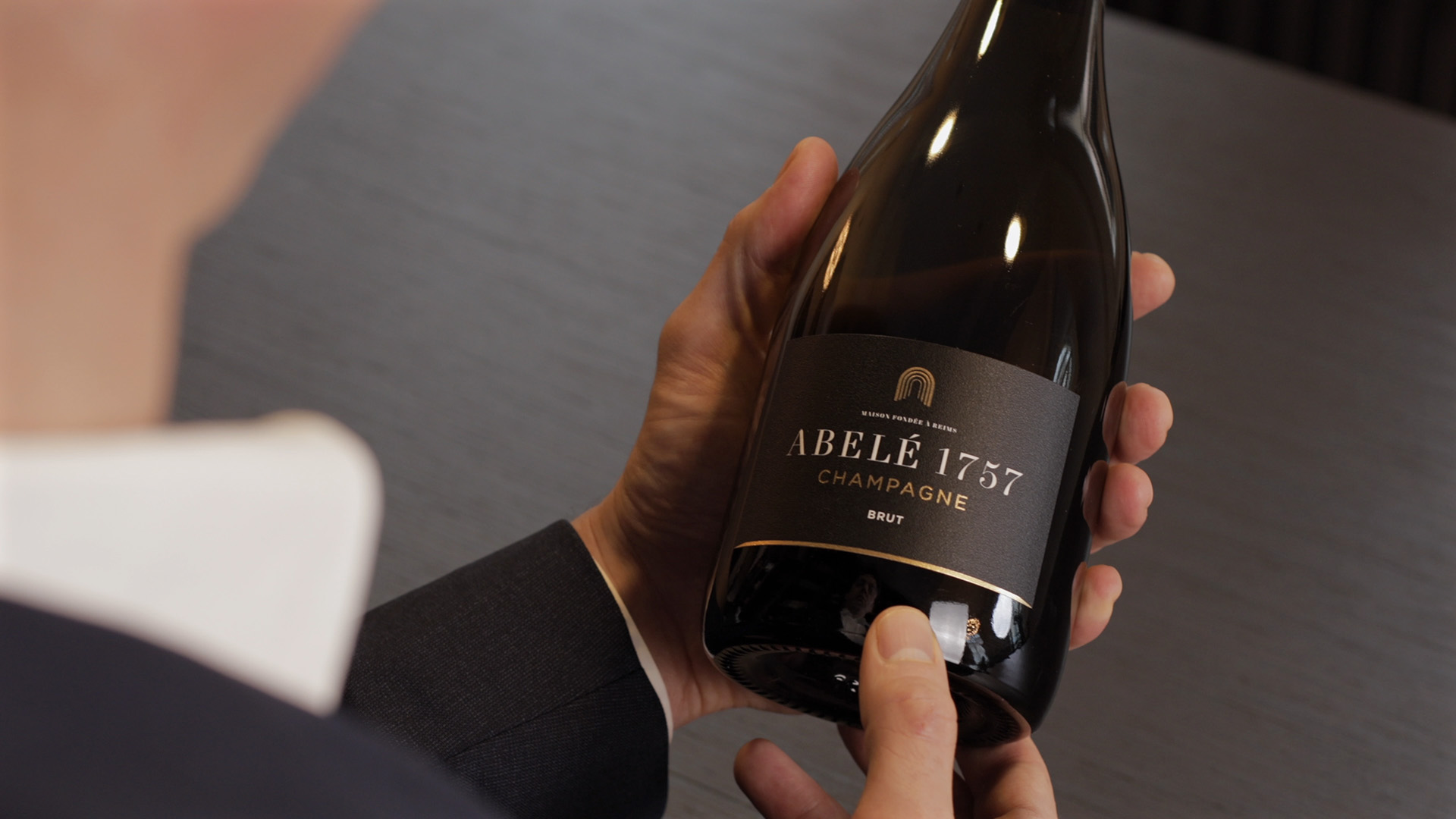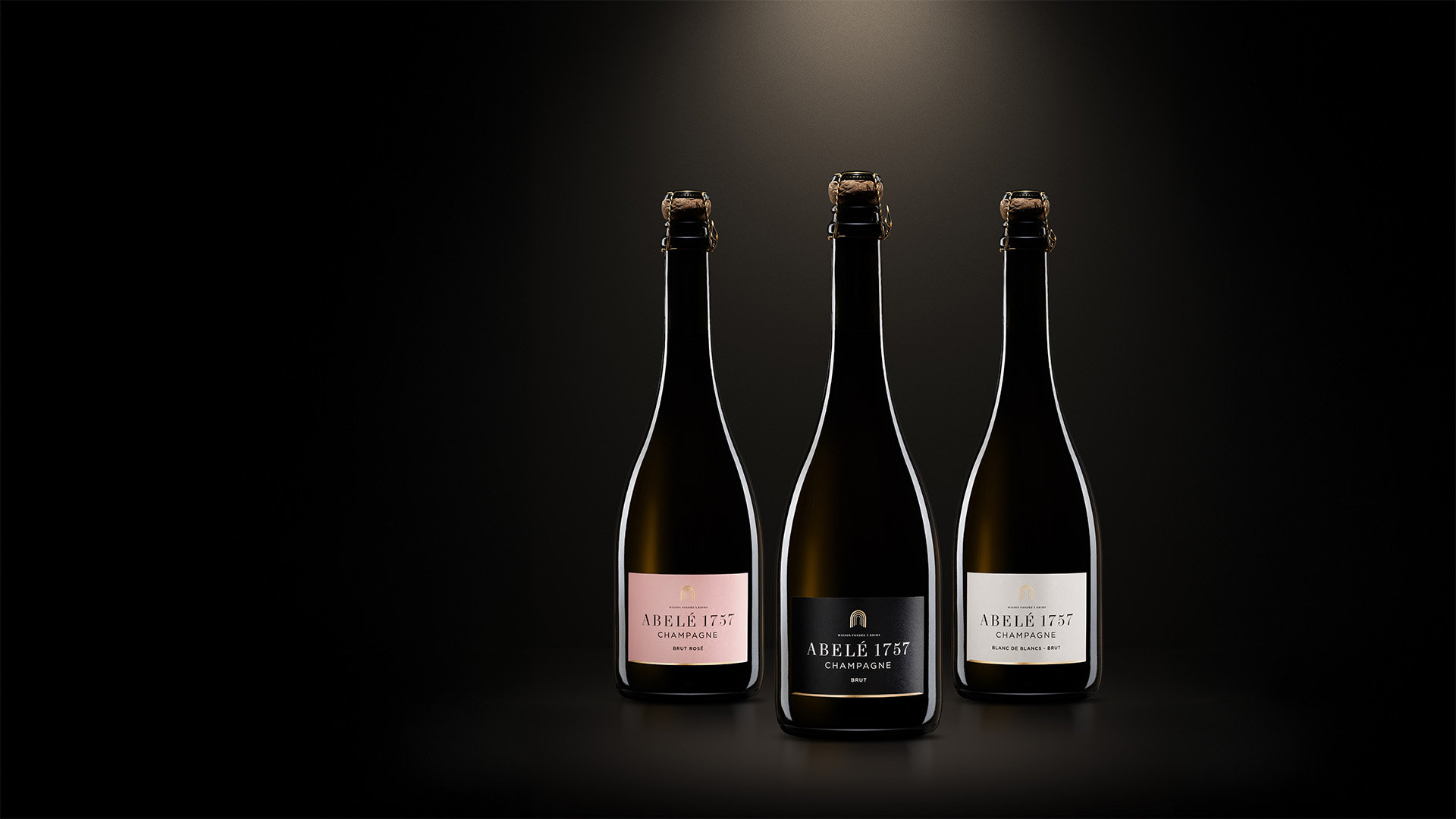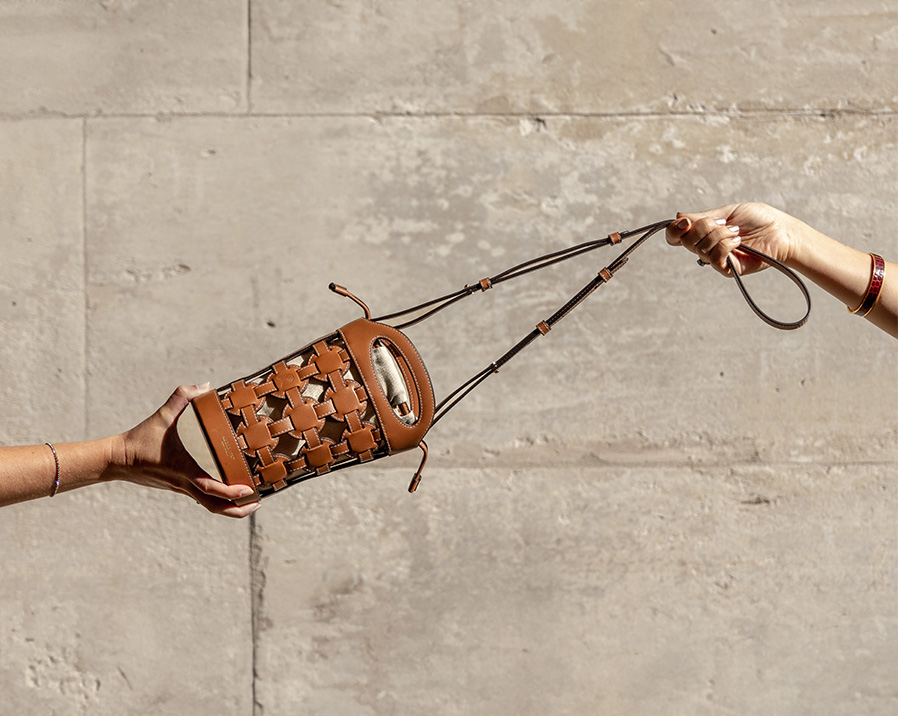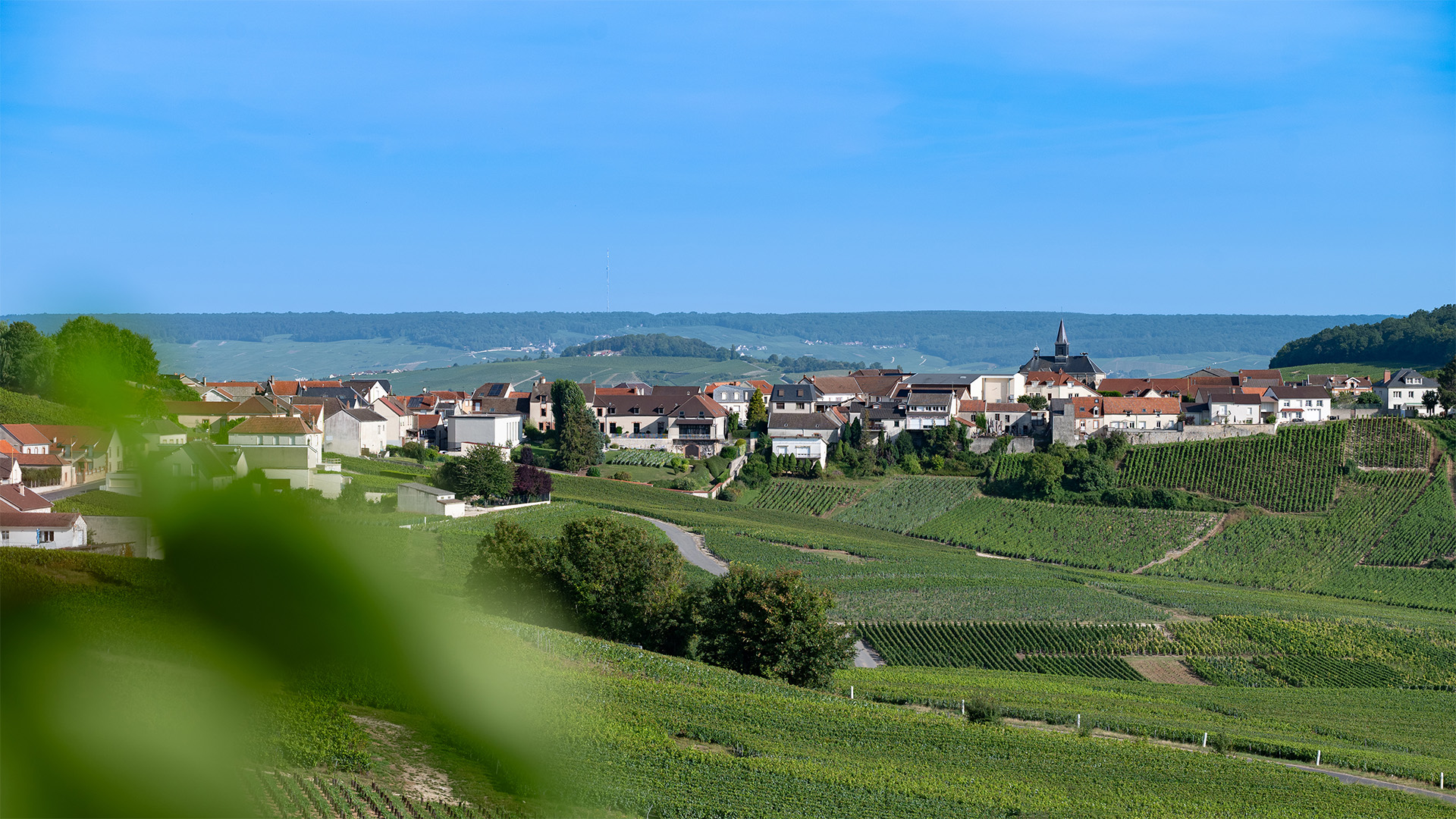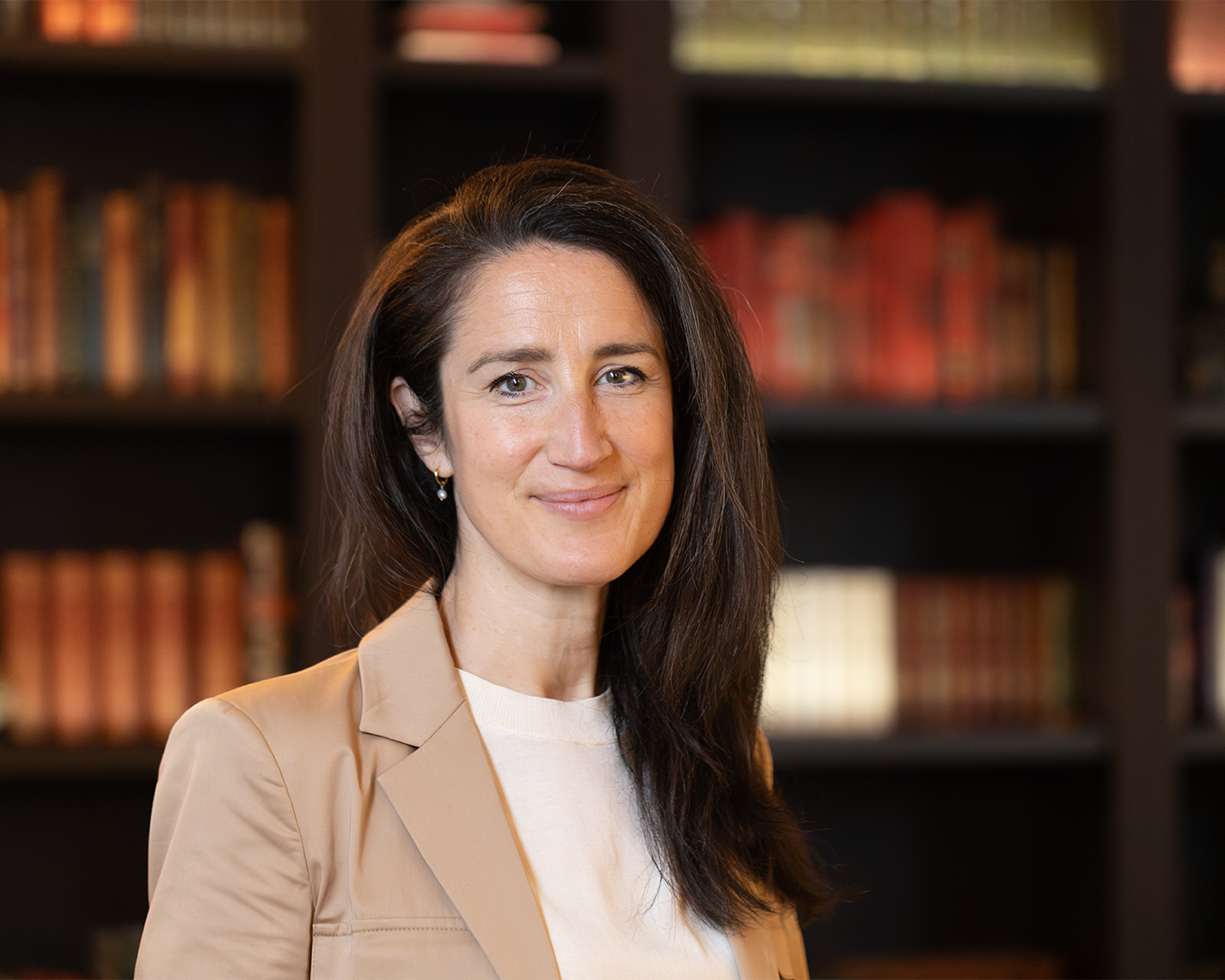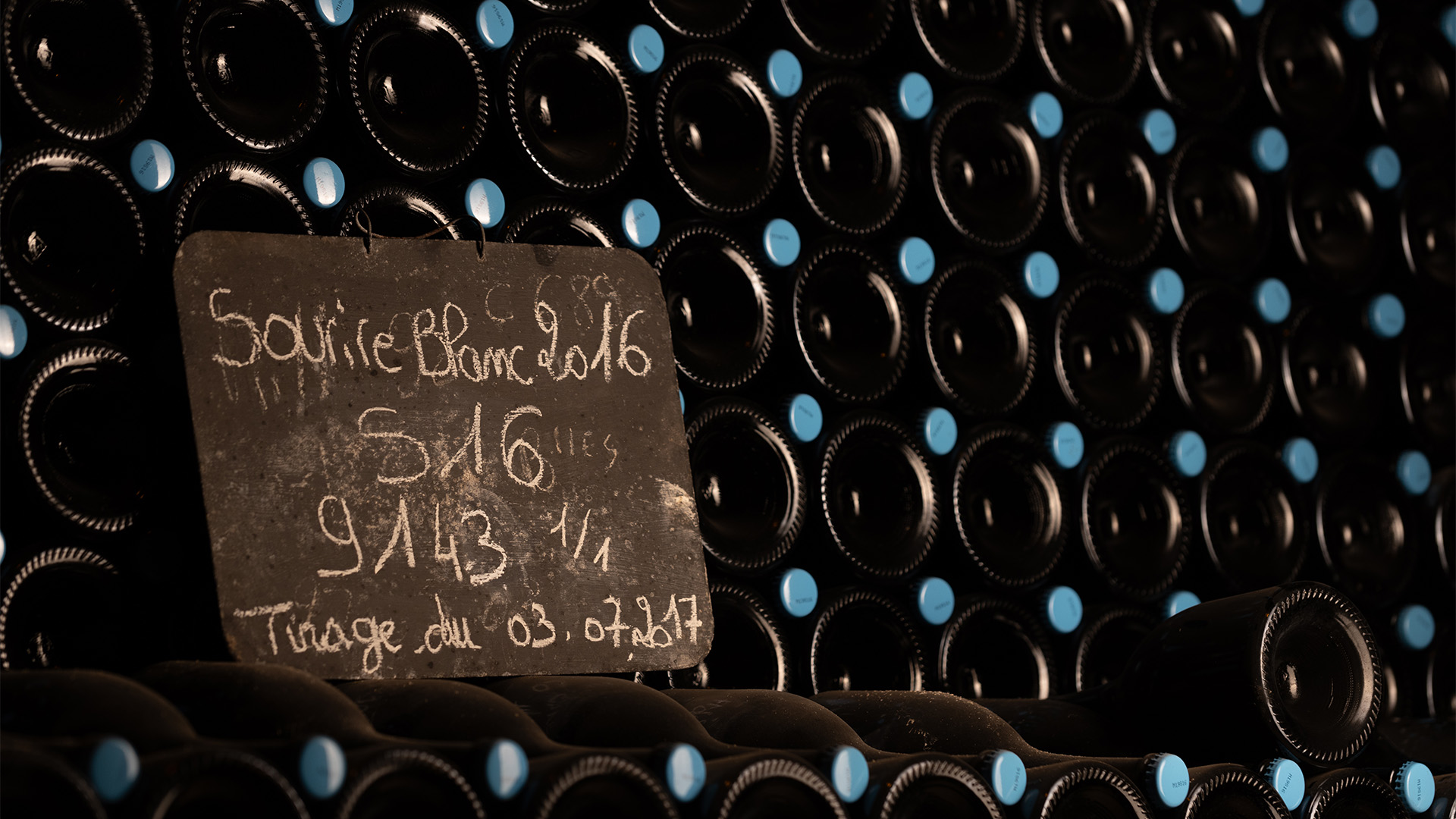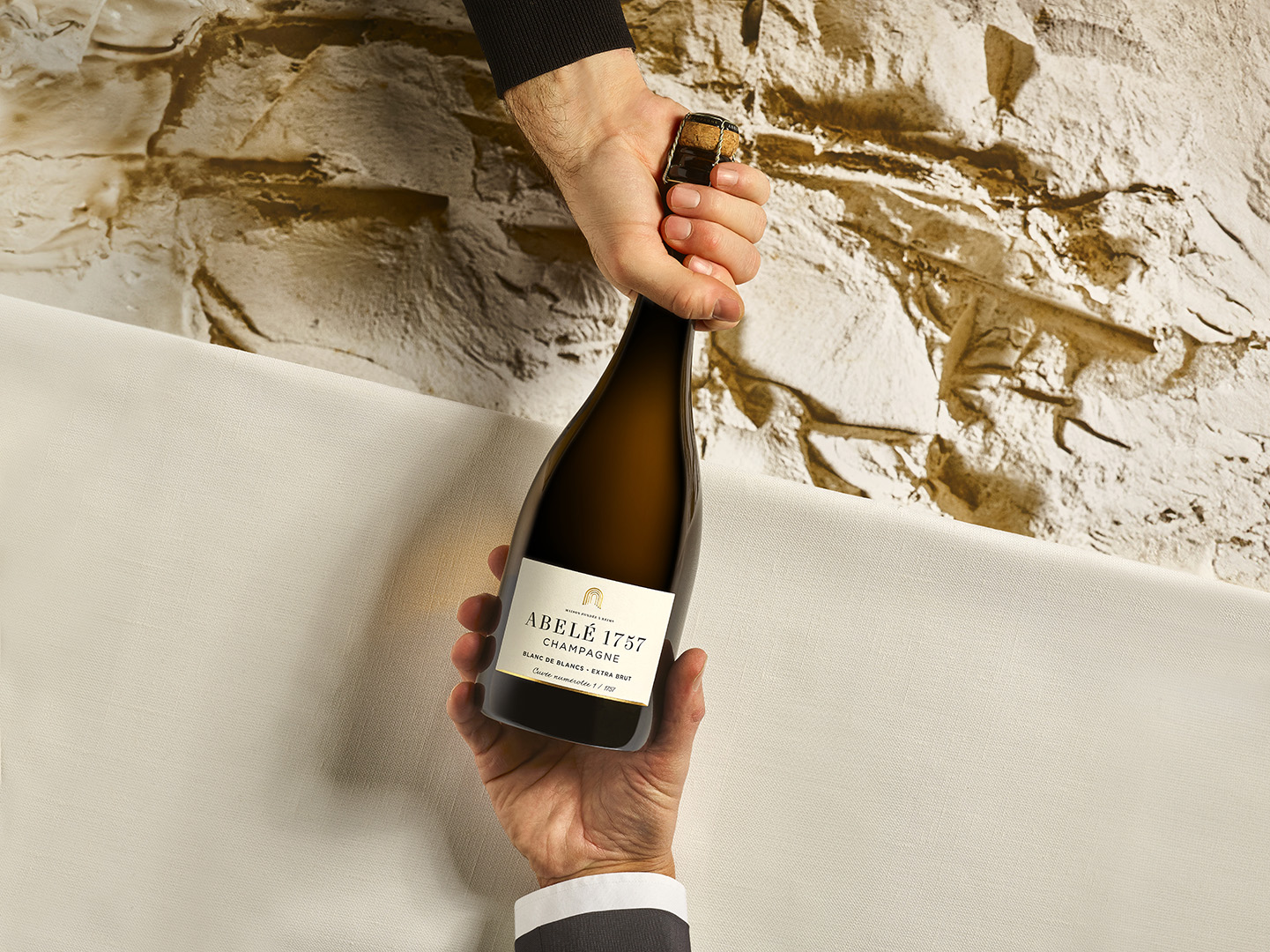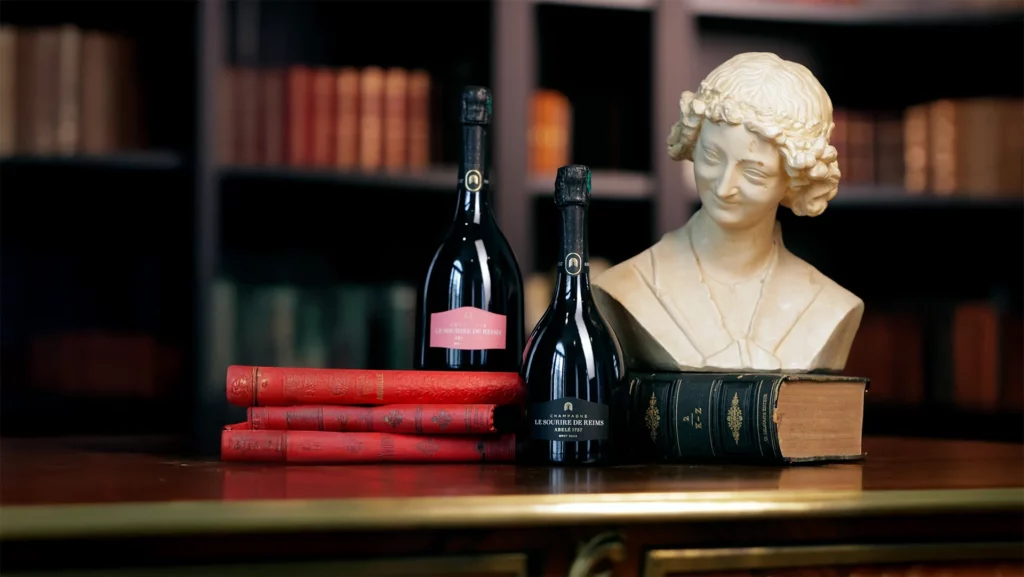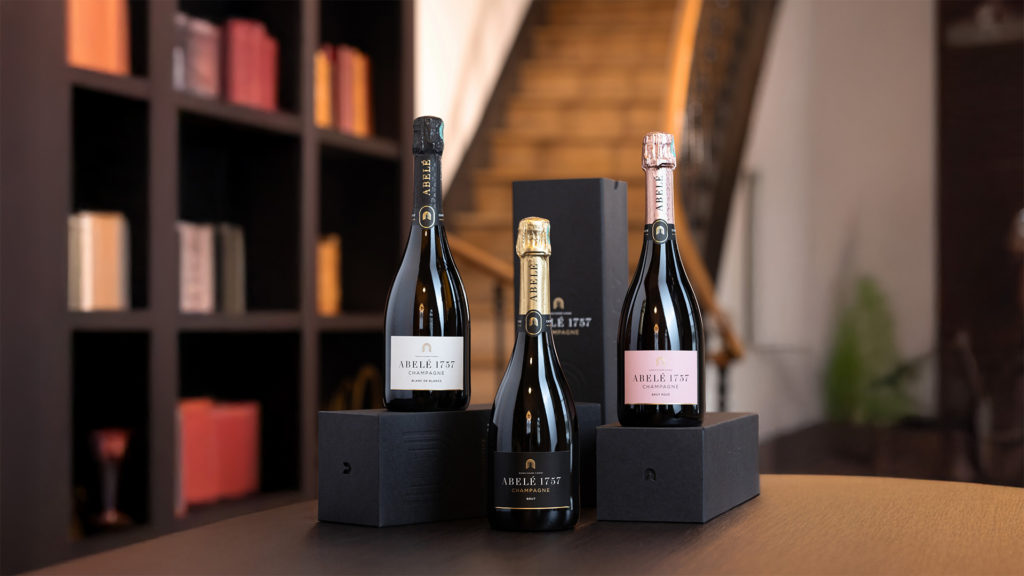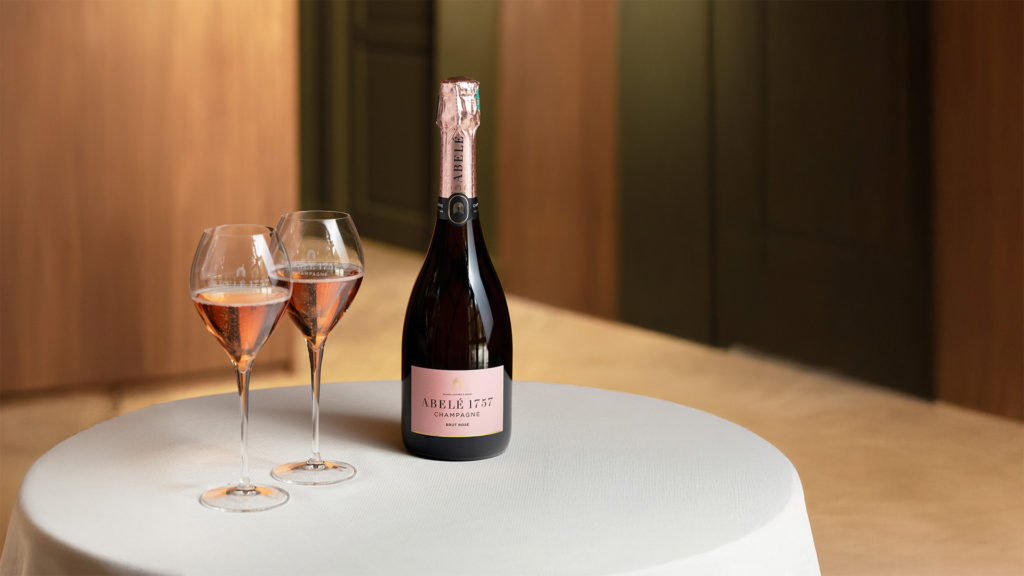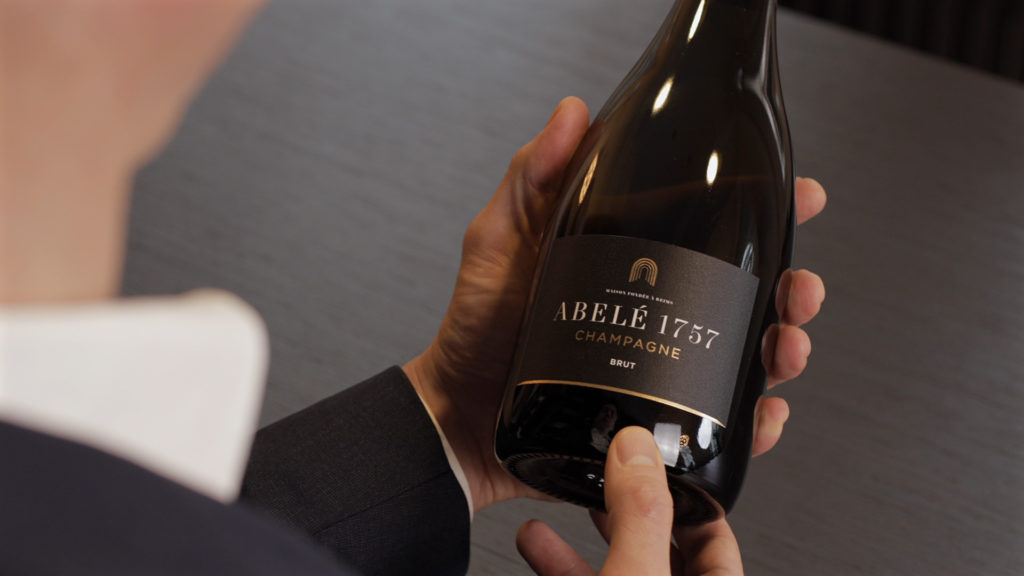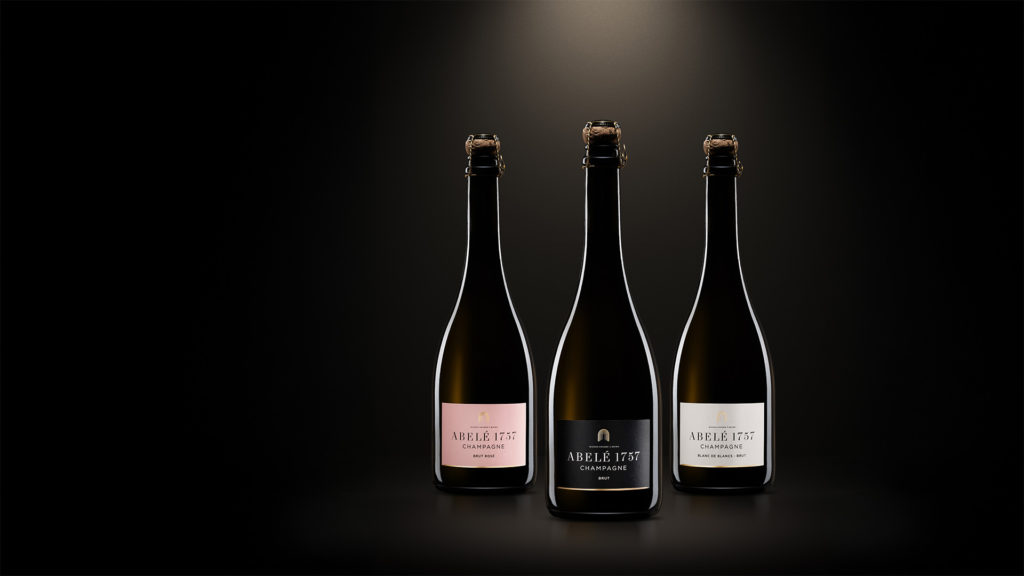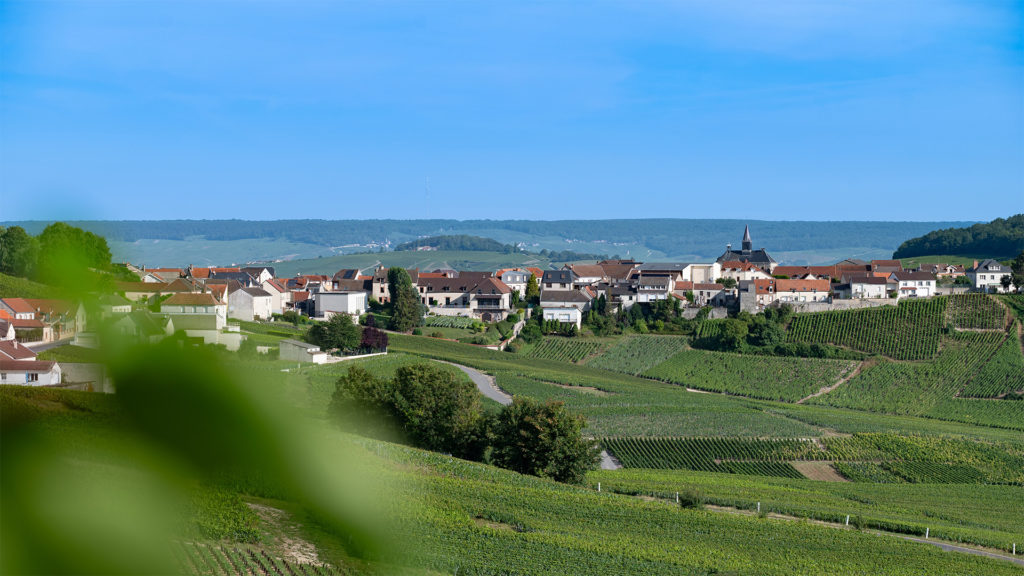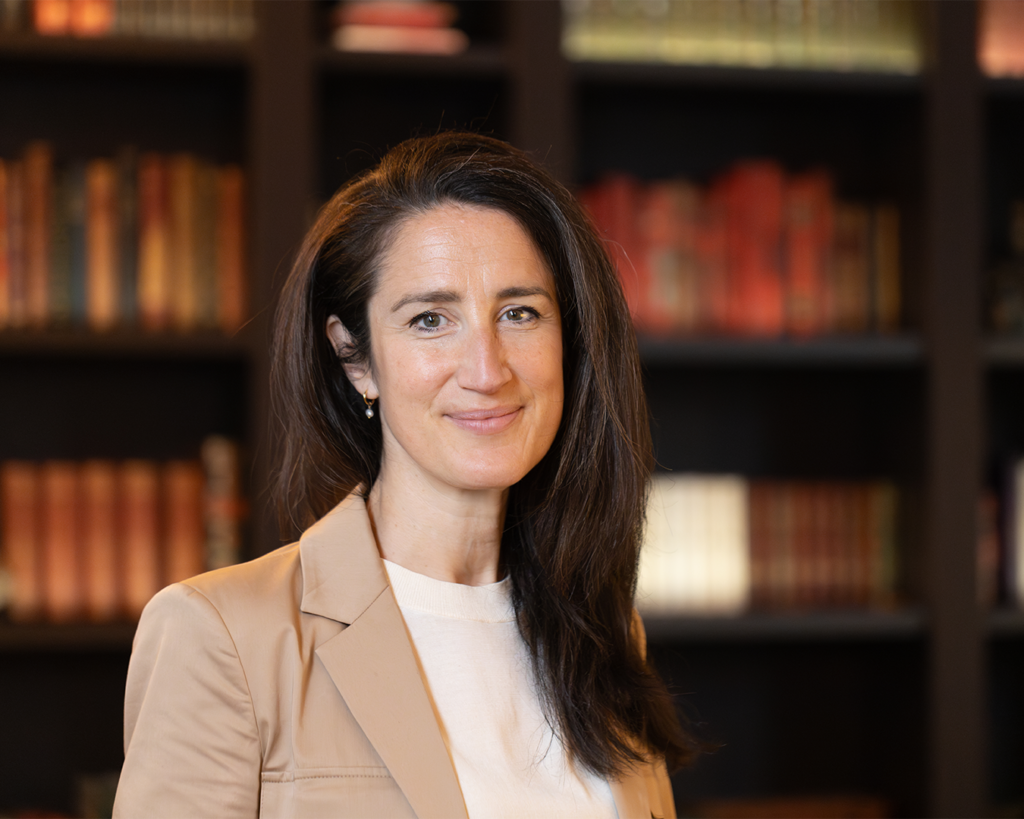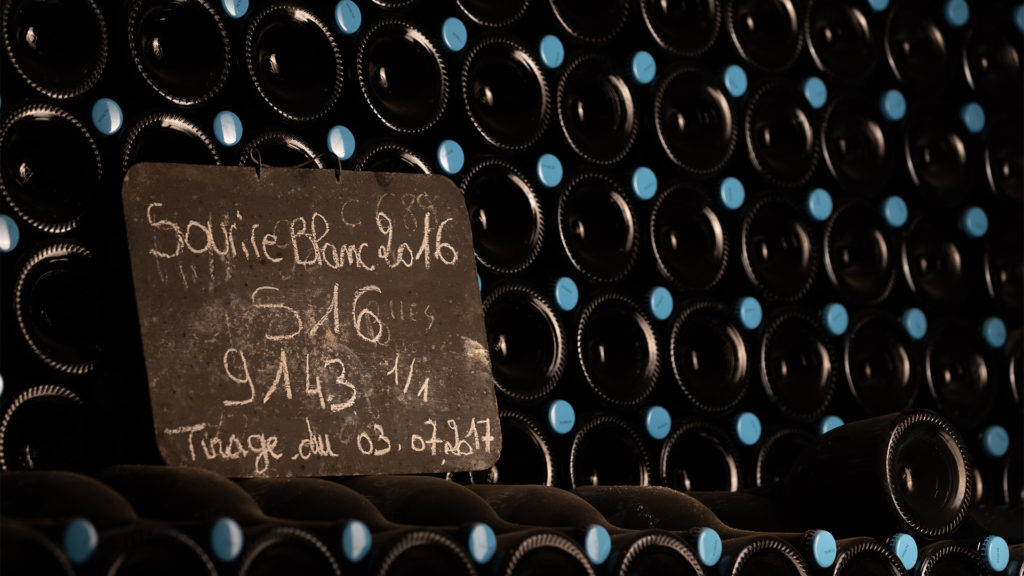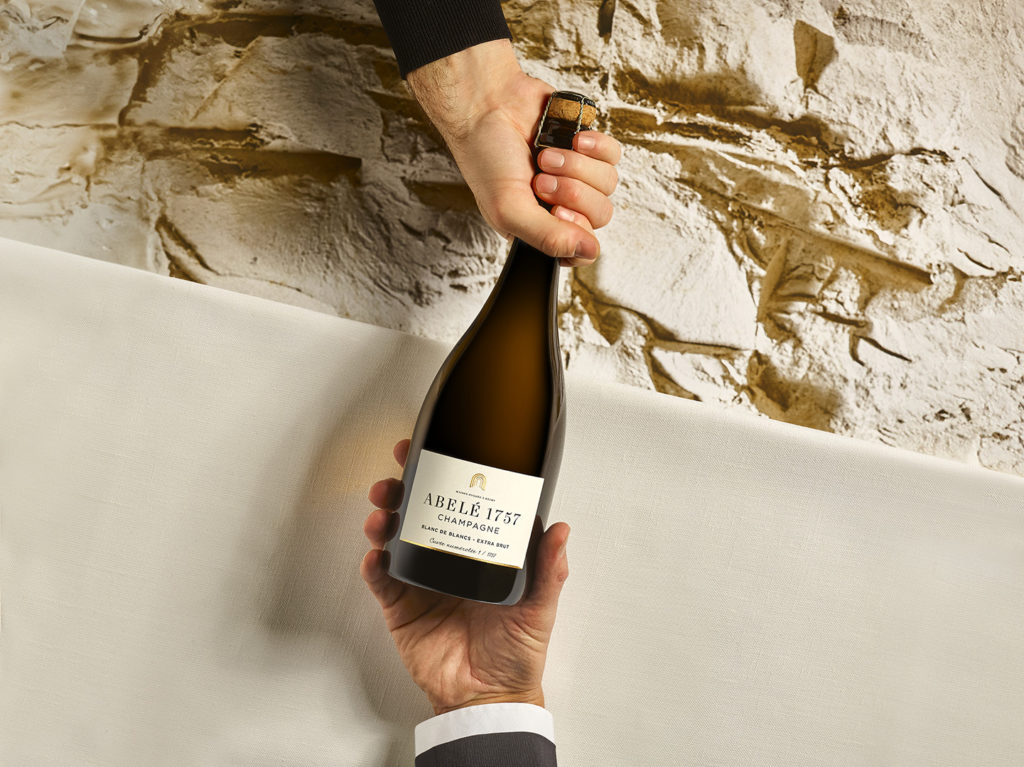In the prestigious world of champagne, blending is a delicate yet essential art. Our Cellar master, Etienne Eteneau, gives us a fascinating insight into this complex process at Maison Abelé 1757. Through his explanations, discover how he creates cuvées that tell a unique story every year. From the rigorous selection of clear wines to the elaboration of each cuvée, immerse yourself in the subtleties of blending that bring Abelé 1757 Champagnes to life and reflect the stylistic signature of our historic house.
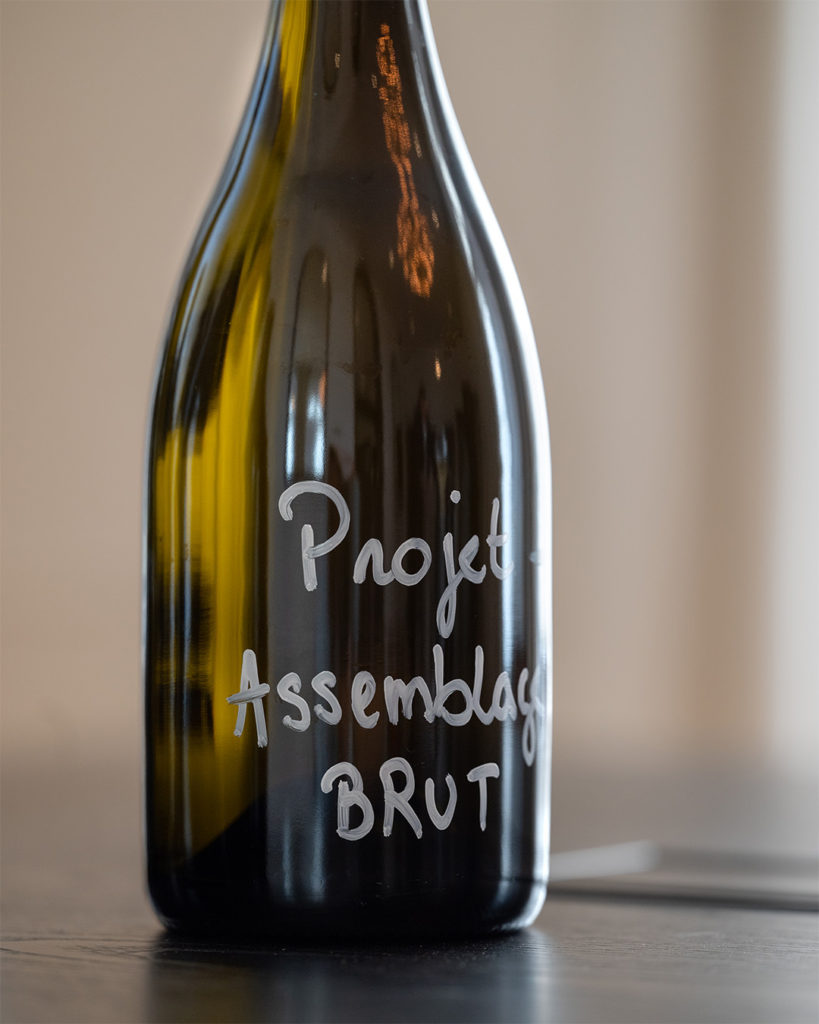
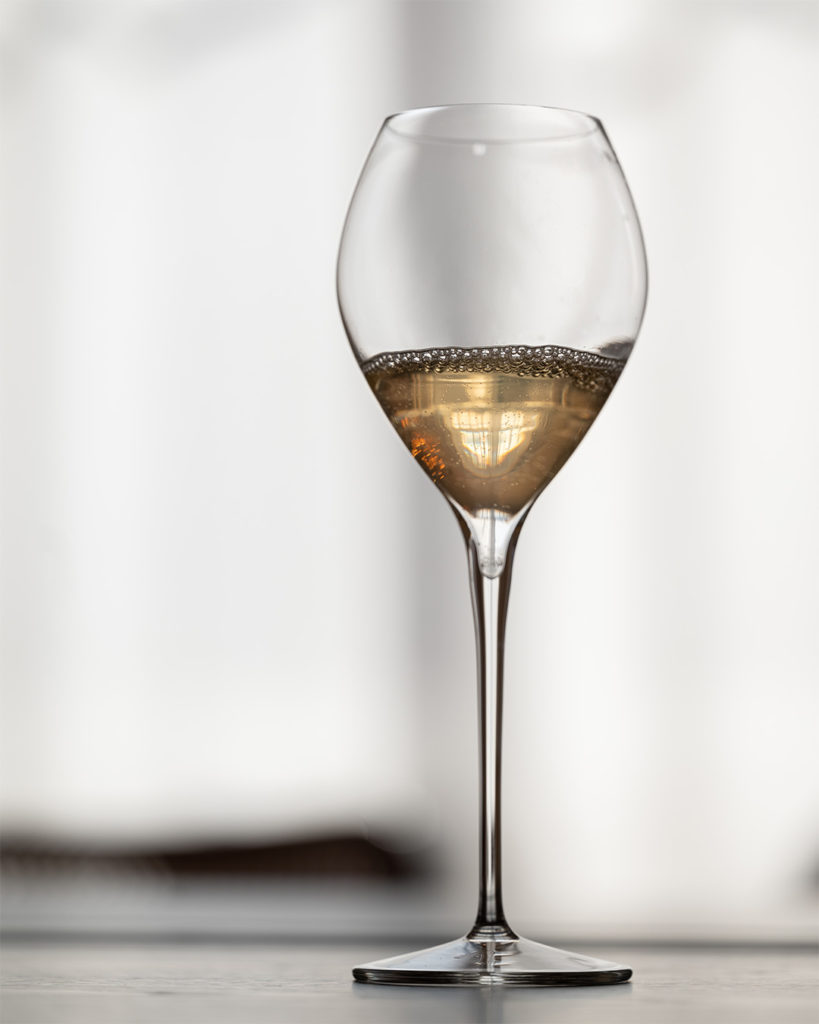
How is Champagne Abelé 1757 blended? How does your philosophy reflect the house’s unique style?
When spring begins, we begin to identify and characterize the wines. During this tasting, it’s essential to keep in mind two key elements: the style of the cuvées and the ability of the wines to age for three, four, five or even ten years. For a champagne house with over 250 years of history, it is essential to maintain this tradition of great blending, while adding a touch of modernity.
Blending is one of the key moments in the creation of a cuvée, as important as harvest is. At Abelé 1757, our tradition is based on combining the finest terroirs of Champagne with the noble grape varieties. This marriage offers us an impressive range of clear wines, such as the Chardonnays from “Côte des Blancs”, “Vitryat” and “Sézannais”, or Pinot Noir from “Verzy”, “Verzenay” and “Les Riceys”… Each year, we carefully preserve a fraction of these still wines to add to our library of reserve wines.
Champagne is a sparkling wine, yet you speak of clear wines. Can you explain the difference?
Once the grapes are harvested, they are vinified in the winery. At the end of the alcoholic and malolactic fermentations, these juices are transformed into “clear wines”. At this stage, they are still wines, i.e. not sparkling.
On their own, they can be used to make vintage cuvées such as Le Sourire de Reims Brut or Le Sourire de Reims Rosé. Combined with reserve wines from previous years, they can be used to elaborate non-vintage cuvées such as Brut, Rosé or Blanc de Blancs.
The foam appears thanks to a second alcoholic fermentation. For champagne, this stage takes place in the bottle. During this fermentation, the yeasts convert the sugars from the “liqueur de tirage” into alcohol and carbon dioxide. Trapped in the bottle, this gas increases the pressure and transforms the still wine into a sparkling wine.
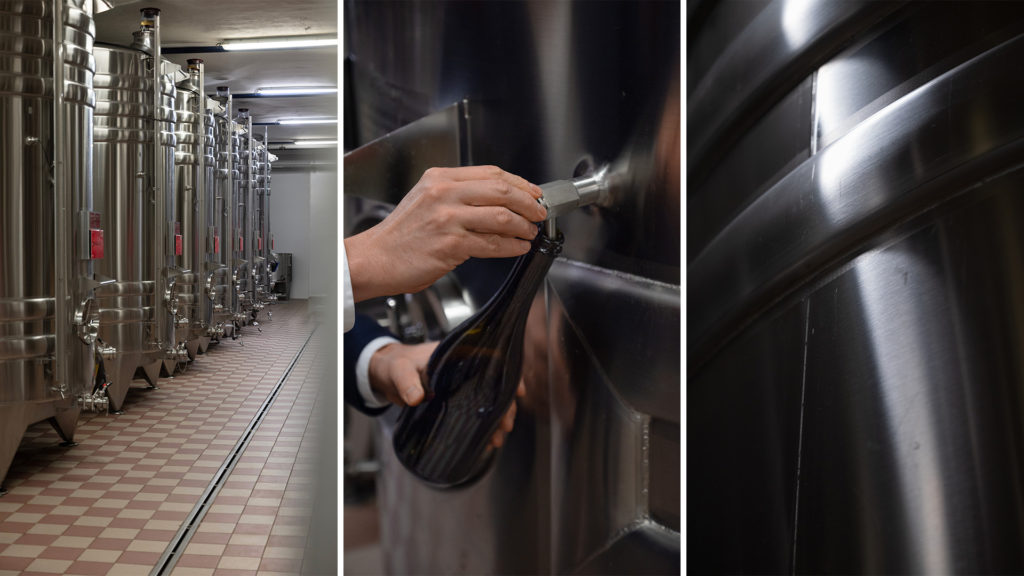
How do you decide which blends to make for each cuvée?
Is it the same rule every year?
There are no strict recipes for blending, except for the percentage of each grape used. Tradition persists to ensure that the style is respected. For Le Sourire de Reims millésimé Brut, the blend is 60% Chardonnay, 40% Pinot Noir. For the non-vintage Brut, Chardonnay is at the heart of the blend: 40% Chardonnay, 35% Pinot Noir and 25% Meunier. This consistency is essential to preserve our cuvées’ unique identity. Terroirs are selected with the utmost precision to develop their soul and respect their style.
In spite of these key elements in the blending process, there is a certain amount of uncertainty: the climate of the year, the development of the vines, the ripeness of the grapes…. All these parameters will have a significant impact in our wines aromas. For example, Abelé 1757 Blanc de Blancs must be a combination of beautiful minerality and floral aromas. To achieve this distinctive aromatic profile, I have to select the right clear wines and reserve wines. For the minerality, I can rely on the Grand Cru Chardonnays of Cramant or Mesnil-sur-Oger. For fruit and sweetness, I’ll choose Sézannais terroirs.
Finally, the Vitryat brings the delicate floral notes so typical of our Blanc de Blancs. But the harvest conditions can sometimes upset this balance. So I have to think ahead to perceive the nuances and subtleties specific to each of our cuvées.
Do you have a certain amount of freedom in Maison Abelé 1757’s blends, or do you have to follow very strict, immutable specifications?
Before answering, it’s important to clarify the difference between non-vintage and vintage cuvées. The former are real metronomes. A tricky exercise in style, repetition and constant improvement. The quality and precision of the blends must reflect the style of the house.
Year after year, I have to guarantee and respect the identity of each of these cuvées: Brut, Rosé and Blanc de Blancs.
For the vintage cuvées, the exercise is completely different. It starts with the choice of the vintage. It’s only at the blending stage that I can assess the aromatic potential of the clear wines: are they driven by freshness, fruit or complexity? Are they complex enough to age in our cellars for at least 10 years?
At Abelé 1757, quality is an absolute must: the best years, the best parcels, the best vintages, the best grape varieties. Beyond the vintage, I try to express the uniqueness, the excellence of a year. This is the only freedom I have in this stylistic exercise : claiming the vintage or not.
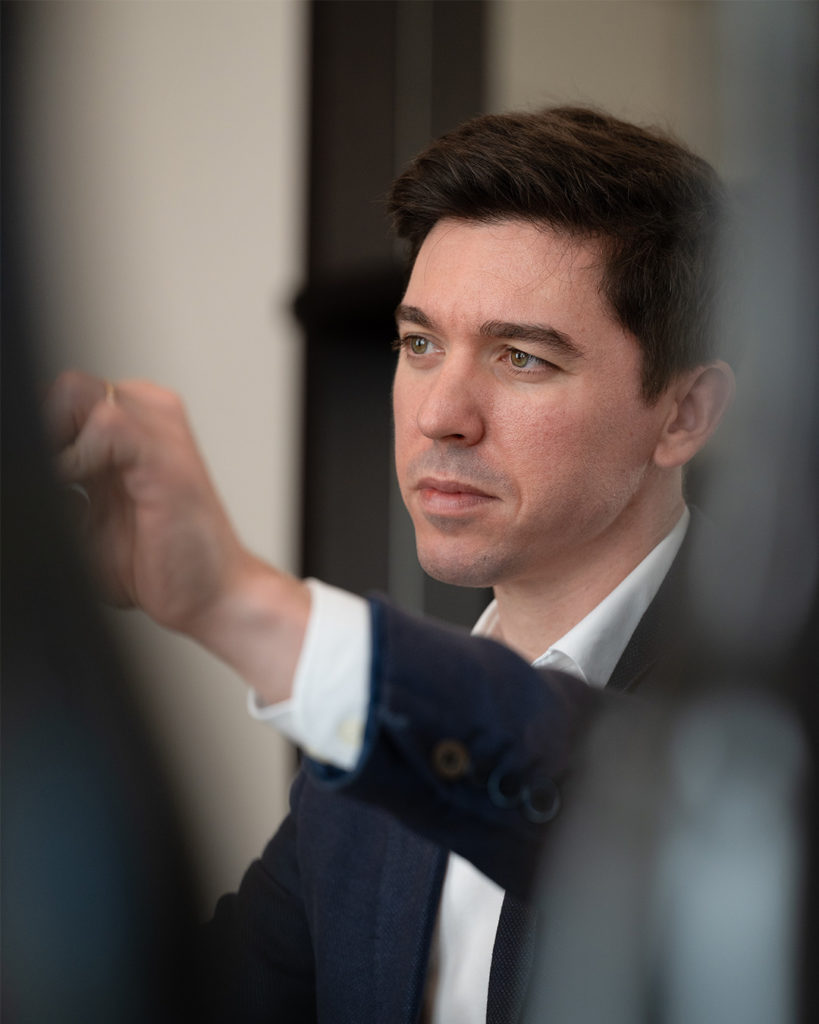
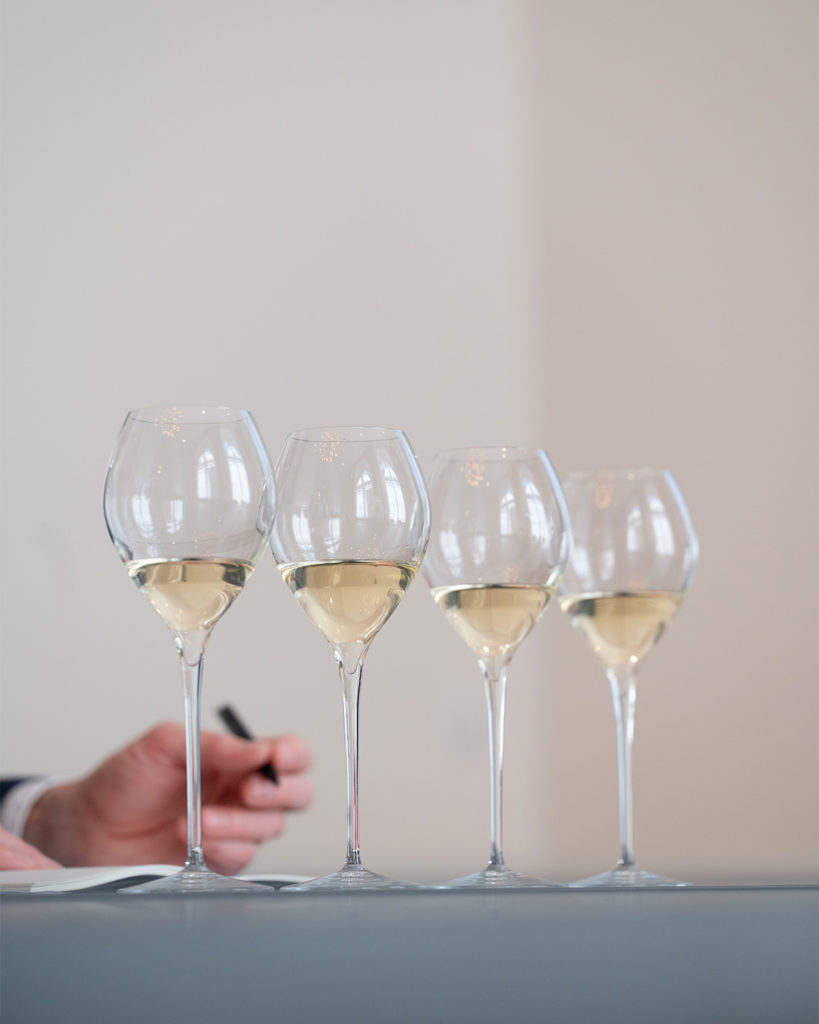
What are the main challenges of blending champagnes? How do you overcome them?
The main challenge in blending is, and will always be, respecting the house style. This is both a source of complexity and inspiration, allowing me to get inspired from the work of my predecessors and from Abelé 1757 incredible “vinothèque”.
Then there’s the need to adapt to climatic changes and their impact on wine expression. In recent years, the balance of aromatic maturity has changed dramatically, with higher sugar levels, riper fruit with exotic aromas, and low acidity levels. All these changes have an impact on our clear wines profile and therefore on the blends.
Successfully integrating new maturity profiles linked to climate change to perpetuate the style of Champagne Abelé 1757 style is an ability that I have to demonstrate when making blends.
To anticipate this constraint, I identify in advance the terroirs and plots that will offer a gentle freshness potential once vinified. All these changes require me to constantly question myself and keep a careful eye on quality in order to perpetuate our Maison’s style.
How does terroir influence blends? Do you have any specific examples where terroir plays a key role in a blend?
Of course, its influence is undeniable. In fact, it’s the combination of grape variety and terroir that forms the basis of blending. I could use all the cuvées in our range to explain the importance of terroir in Champagne production and in defining a wine’s style.
But if I had to choose one example, it would be “Les Riceys” terroir in the south of Champagne, in the Aube region.
It is a very special terroir with a specialty in Pinot Noir production. It’s on these south-facing slopes with marly limestone soils that Pinot Noir reaches exceptional levels of ripeness. I use it to elaborate macerated rosés such as Le Sourire de Reims Rosé or Abelé 1757 Brut Rosé.
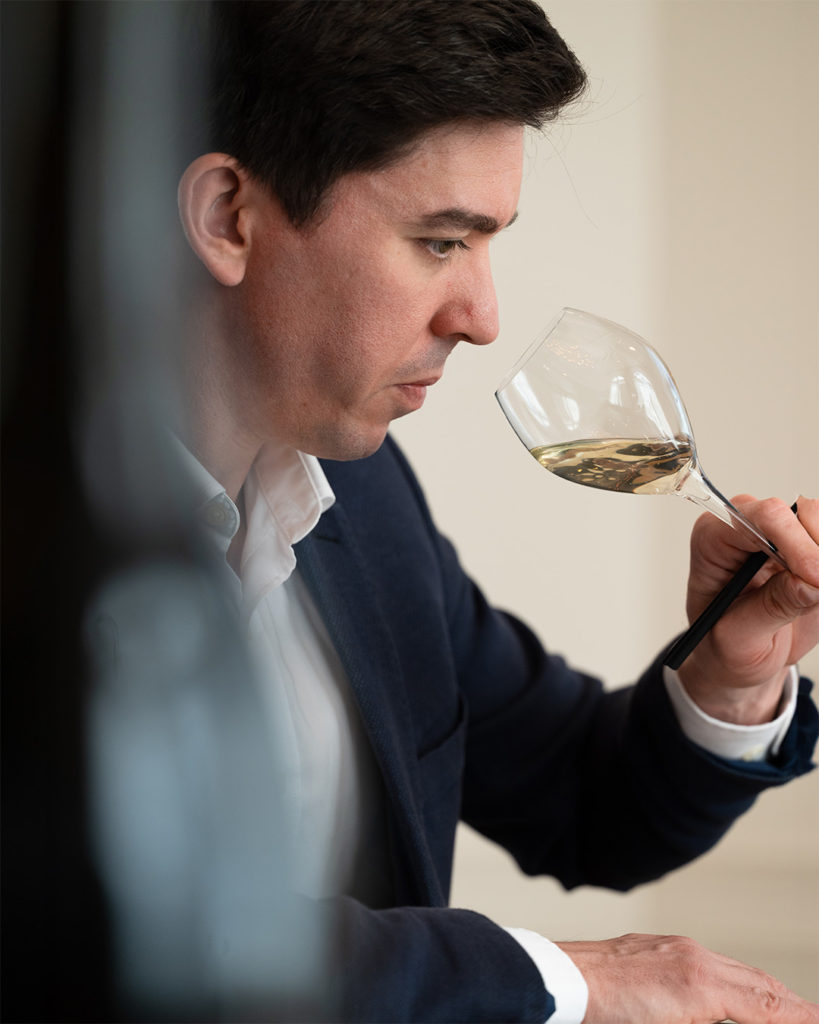
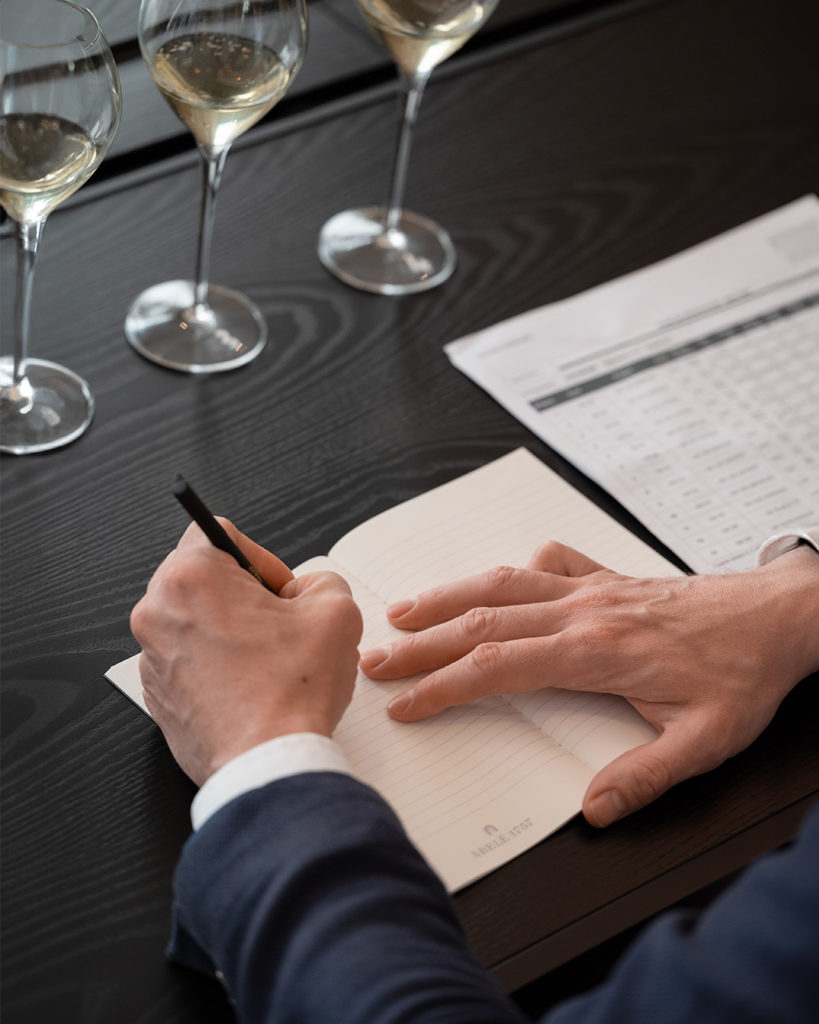
Memorizing so many tastings is no mean feat. How do you keep track of everything?
Each cellar master, each oenologist has his own technique, his own method… Some will use their olfactory memory and focus on pure memorization. This approach preserves an exceptional aromatic library. For others, note-taking comes naturally, with the creation of tasting archives.
Personally, I have more of a sensory memory. When I taste a wine, I experience almost physical sensations : silkiness, acidity, chalkiness, minerality, salinity… All these sensations come together and are memorized during the tasting.
Feelings aside, I’d say it’s impossible to archive the style of a cuvée on paper or on a computer. What’s the best way to remember the style of a cuvée other than tasting it again? How do you write down the freshness, the minerality, the floral notes? This is very personal from one person to another. When it comes to blending, we have to get as close as possible to the “sensation” that characterizes the wine and that I have memorized. For Abelé 1757 Blanc de Blancs, the minerality, the length on the palate, the aromatic balance… All these characteristics must be present so that I can project myself into the future and imagine the cuvée in 4, 5 or even 10 years. This ability to project cannot be written in books.
You embody the present and future of the House. How do you safeguard this work so that you can pass it on to your successor one day?
As Abelé 1757’s cellar master, I work with the champagnes we market today, but also with the vintage cuvées Le Sourire de Reims Brut and Le Sourire de Reims Rosé we will sell 10 years in the future.
These great wines, aged for over 10 years in our cellars, will feed the Abelé 1757 “vinotheque”, a priceless heritage bequeathed by Henri Abelé and my predecessors, with champagnes dating back to the 1920s.
The notion of transmission in centuries-old Champagne houses is fundamental and extremely important in building and consolidating style. My goal is to pass on a legacy of vintages to our Maison’s future cellar masters. I’m creating vintages that will be tasted in 40, 50 or even 60 years and that I hope will be appreciated.
